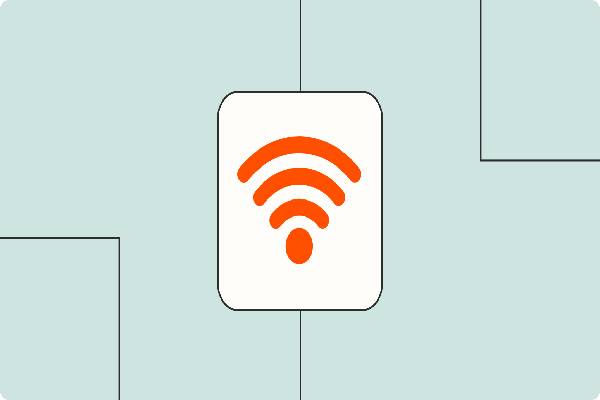Solving Complex Problems Traditional

Introduction
In the realm of technology, there exist problems so intricate
and multifaceted that traditional computers, relying on classical binary-based
systems, falter in their attempts to solve them. These challenges, ranging from
complex simulations to advanced optimization tasks, demand a new paradigm.
Quantum computing, an innovative approach rooted in quantum mechanics, holds
the promise of revolutionizing problem-solving. In this item, we will explore
the limitations of traditional computers and delve into the fascinating world
of quantum computing, shedding light on how it tackles problems that have long
remained unsolvable.
1. The Limitations of Classical Computers:
a) Exponential Growth of Complexity: Many real-world
problems involve an exponential increase in complexity as the number of
variables or factors increases. Classical computers struggle with such
problems, as their processing power grows linearly, leading to computational
bottlenecks and impractical runtimes for complex tasks.
b) Combinatorial Optimization: Problems like the
Traveling Salesman, where finding the most efficient route among multiple
cities is essential, fall under the realm of combinatorial optimization. As the
number of cities increases, the promises grow exponentially. Classical
computers face a combinatorial explosion, making it exceedingly challenging to
find optimal solutions within a reasonable timeframe.
c) Quantum Entanglement and Superposition: Quantum
computing leverages the principles of quantum mechanics, including principle of
superposition and entanglement. In superposition, quantum bits or qubits can
exist in multiple states simultaneously, exponentially increasing computational
possibilities. Entanglement allows qubits to be correlated in ways that
classical bits cannot, enabling quantum computers to perform complex
computations efficiently.
2. Quantum Computing: Unlocking the Unsolvable:
a) Parallelism and Superposition: Quantum computers process information in parallel, exploring multiple solutions simultaneously
due to the superposition of qubits. Unlike standard bits, which are either 0 or
1, qubits exist in a state of 0, 1, or both 0 and 1 simultaneously. This
parallelism enables quantum computers to explore vast solution spaces
efficiently, making them ideal for tasks involving numerous variables and
complex scenarios.
b) Quantum Entanglement: Entanglement is a fundamental quantum phenomenon where qubits become correlated, influencing each other's states instantaneously regardless of the physical distance between them. This unique belongings allows quantum computers to perform intricate computations involving interdependent variables, solving problems that classical computers find insurmountable due to their linear processing nature.
3. Quantum Computing Applications:
a) Cryptography and Cybersecurity: Quantum computing
has the potential to revolutionize cryptography. Shor's algorithm, a quantum
algorithm, can efficiently factor large numbers, breaking current encryption
methods. However, quantum computing also offers quantum cryptography,
leveraging quantum principles to create unbreakable encryption methods,
ensuring secure communication in the quantum age.
b) Drug Discovery and Material Science: Simulating
the comportment of particles and materials at the quantum level is incredibly
complex for classical computers. Quantum computing allows scientists to model
molecular interactions accurately, accelerating drug discovery processes and
enabling the development of advanced materials with tailored properties.
c) Machine Learning and Artificial Intelligence:
Quantum machine learning algorithms can process vast datasets and identify
patterns exponentially faster than classical counterparts. Quantum computers
enhance the training and optimization processes of machine learning models,
opening new avenues for AI applications in fields such as normal language
processing and data analysis.
d) Optimization and Logistics: Quantum computing
excels in solving compound optimization problems, such as finding the most
efficient routes for delivery vehicles or optimizing supply chain logistics.
Quantum algorithms comparable the Quantum Approximate Optimization Algorithm
(QAOA) provide near-optimal solutions for large-scale combinatorial
optimization problems, transforming industries reliant on intricate logistics
planning.
4. Challenges and the Future of Quantum Computing:
a) Quantum Decoherence: Quantum systems are fragile
and susceptible to decoherence, where qubits lose their quantum properties due
to environmental factors. Maintaining quantum coherence for extended periods,
essential for complex computations, remains a significant challenge in quantum
computing research.
b) Error Correction: Quantum computers are inherently
error-prone due to their sensitivity to external influences. Quantum error
correction codes, such as Shor's code and the surface code, are being developed
to mitigate errors and ensure the reliability of quantum computations. Progress
in fault-tolerant quantum computing is essential for practical applications.
Conclusion
Quantum computing represents a paradigm shift in
problem-solving capabilities, offering solutions to complex problems that have
long eluded classical computers. From cryptography and drug discovery to
optimization and artificial intelligence, quantum computing holds the potential
to revolutionize numerous fields, transforming industries and enhancing our understanding
of the world.
While challenges like quantum decoherence and error
correction persist, ongoing research and advancements continue to pave the way
for practical quantum computing applications. As the quantum computing
landscape evolves, it is poised to unlock new realms of possibility, ushering
in an era where the unsolvable becomes attainable, and the complex challenges
of our time find elegant solutions in the world of quantum mechanics.

.jpg)